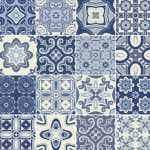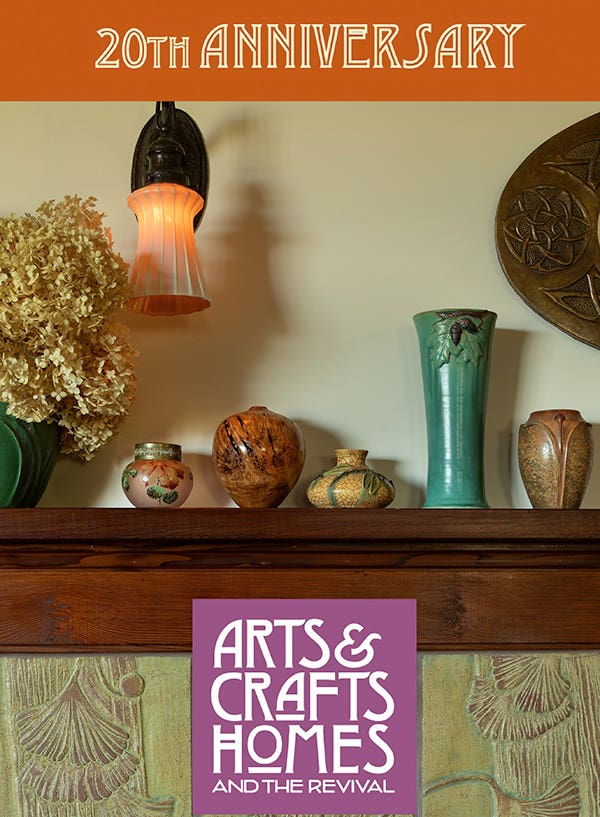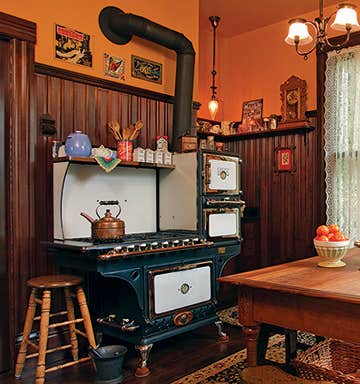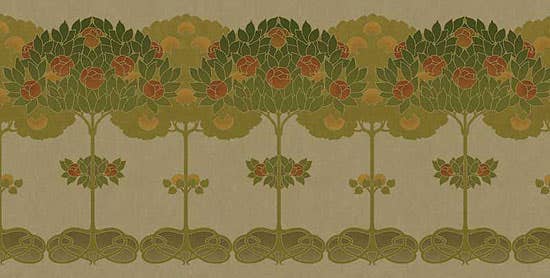Motifs of the Revival: Wading Birds
Herons, storks, and other wading birds are a design theme that has appeared in Arts & Crafts furniture and accessories for over a century.
Heron, egret, crane, stork: Tall water birds conjure up many associations. The graceful crane, for example, is a Japanese motif and the most popular figure in origami. The heron or egret is known for its otherworldly patience and perseverance—standing like a statue and then, lightning-fast, thrusting its beak into a fish beneath the water’s surface. The stork is associated with devotion and childbirth.
We’re forgiven if we can’t always tell the birds apart. Apparently the taxonomy is confusing and each category (or family) has many varied species. With its long neck and legs and a pointed bill, a heron is any of various wading birds of the family Ardeidae. Herons are solitary, symbolic of independence and tranquility. The word egret is most often applied to heron species with white or decorative plumes.
Cranes belong to the family Gruidae, with only two species native to North America: the whooping crane and the sandhill crane. Cranes are social creatures.
And storks are large, long-necked wading birds who nest in dry places, part of the animal family Ciconiidae. As seen in art as in nature, a heron flies with its neck retracted; cranes and storks extend their necks when flying.
Patricia Poore is Editor-in-chief of Old House Journal and Arts & Crafts Homes, as well as editorial director at Active Interest Media’s Home Group, overseeing New Old House, Traditional Building, and special-interest publications.
Poore joined Old House Journal when it was a Brooklyn-brownstoner newsletter in the late 1970s. She became owner and publisher and, except for the years 2002–2013, has been its editor. Poore founded the magazines Old-House Interiors (1995–2013) and Early Homes (2004–2017); their content is now available online and folded into Old-House Journal’s wider coverage. Poore also created GARBAGE magazine (1989–1994), the first unaffiliated environmental consumer magazine.
Poore has participated, hands-on, in several restorations, including her own homes: a 1911 brownstone in Park Slope, Brooklyn, and a 1904 Tudor–Shingle Style house in Gloucester, Massachusetts, where she brought up her boys and their wonderful dogs.








